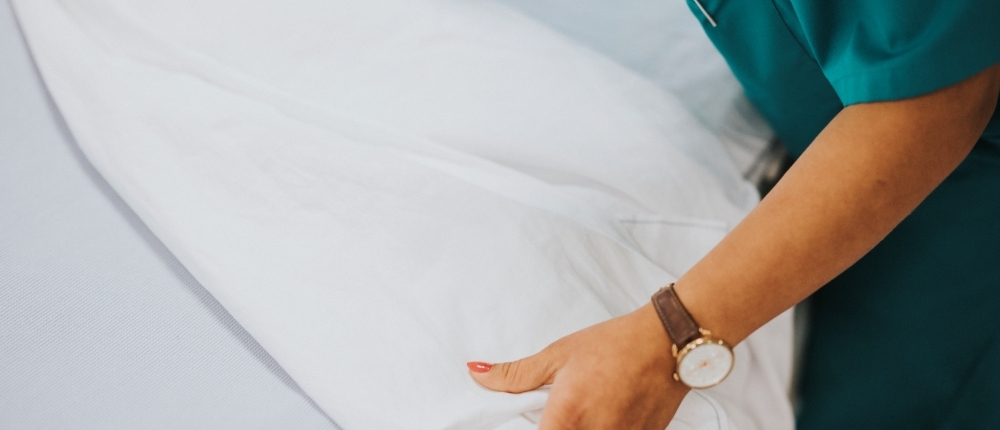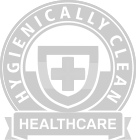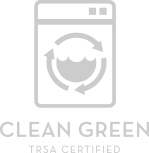Using HandCraft’s Clean to Soil Ratio to Reduce Hospital Linen Loss (Part 1)
To reduce your linen loss costs, it is first important to be familiar with your Clean/Soil (Clean to Soil) ratio and how to calculate linen loss. HandCraft determines the Clean/Soil ratio by weighing the clean linen delivered to your facility and weighing your soiled linen returned. We divide the clean linen pounds delivered by the soiled linen pounds returned to establish your percentage.
What is a Clean to Soil Ratio?
Here is an example of a Clean/Soil ratio calculation:
94,000 lbs. of clean linen/100,000 lbs. of soiled linen = 0.94 or 94%
Soiled linen should weigh more than clean linen due to the “soil factor” which is added moisture from fluids, feces, etc. The industry standard average for the soil factor in hospitals is 10% meaning that soiled linen weighs 10% more than clean linen. The soil factor along with the additional weight for the trash, plastic, and lost and found items makes up the “soil” part of the Clean/Soil ratio.
HandCraft performs soil factor audits by selecting multiple carts of soiled linen, weighing each cart, then separating the soiled linen from any trash, plastic, or other non-linen materials. We fully wash and dry the linen in each cart separately, then weigh the clean/dry linen in the same cart to ensure an apples-to-apples comparison. Our audits show an average soil factor of 10% in both of our plants that service hospital linen. When we add the weight of the non-linen materials, the Clean/Soil ratio calculates to 88-89% on average. This means that if you lived in a perfect world and you properly used and returned every single piece of linen you ordered, you would have a Clean/Soil ratio between 88-89%. But no one lives in a perfect world!
How Can You Reduce Linen Loss?
There is a charge when your Clean/Soil ratio is higher than your contracted amount. In Part 1 of the blog, we’ll look at linen loss when soiled linen does not weigh the expected amount.
One reason could be that linen is “walking out” of your hospital by:
- patients, family, or staff taking linen home
- throwing away linen in trash and red bags/regulated medical waste
- transport companies taking linen when transferring patients to skilled nursing facilities
- EMS taking more than a 1:1 exchange of linens
Another reason could be that linen returned does not have an adequate amount of soil moisture. This linen has the weight of clean linen but is considered soiled by infection prevention standards. Examples include:
- linen used for non-patient reasons (i.e., /staff use blankets for warmth or to pad their chairs)
- linen hoarded in patient rooms must be placed in soiled bags at discharge
- linen accumulated in storage areas or on beds in hallways but not used by a patient
Feeling Overwhelmed with What to Do Next?
The most impactful strategy is to educate your staff. HandCraft has a 3-minute linen awareness video which can be used for new hire orientation and annual education. We also have a 1-minute EMS education video. We have educational signs as well as tip-of-the-month PowerPoint slides to keep linen management more than a once-a-year thought.
Part 2 will talk about how the clean pounds ordered by your facility impact the Clean/Soil ratio.
Contact HandCraft for More Information
If you are looking for the right partner to help prevent linen loss and decrease your linen loss costs, you found us. We have the experience, the industry-backed expertise, the technology, and the professionals to help you achieve your goals. Remember to look at our Linen Awareness Program – healthcare linen management strategies that save costs and improve service.
Call us today at (888) 358-8671 or reach us here for more information on our services.
About the Author
Dyan Troxel, MSN, RN
Dyan is a registered nurse with experience in several clinical and non-clinical settings including Surgical ICU, Neonatal ICU, Education, Process Improvement, and Healthcare Leadership.





